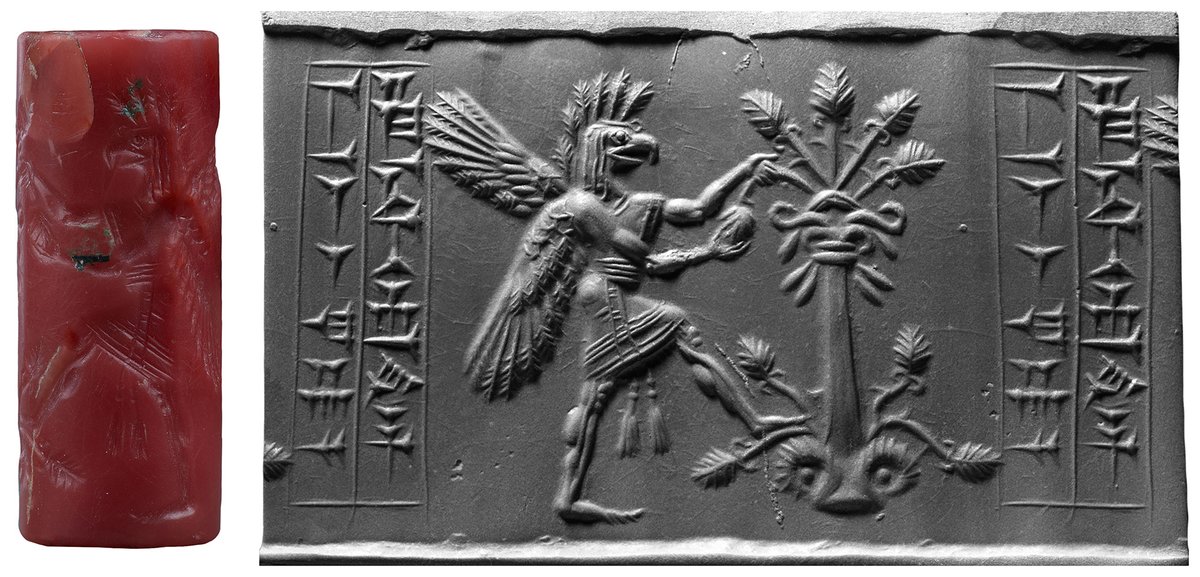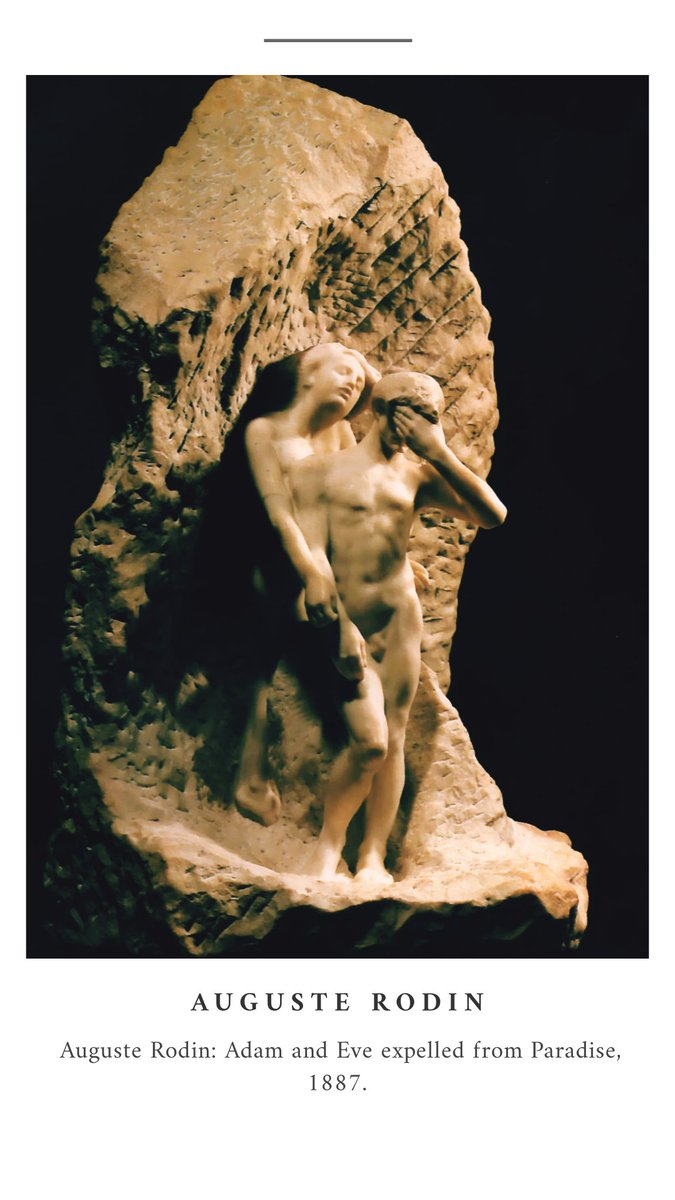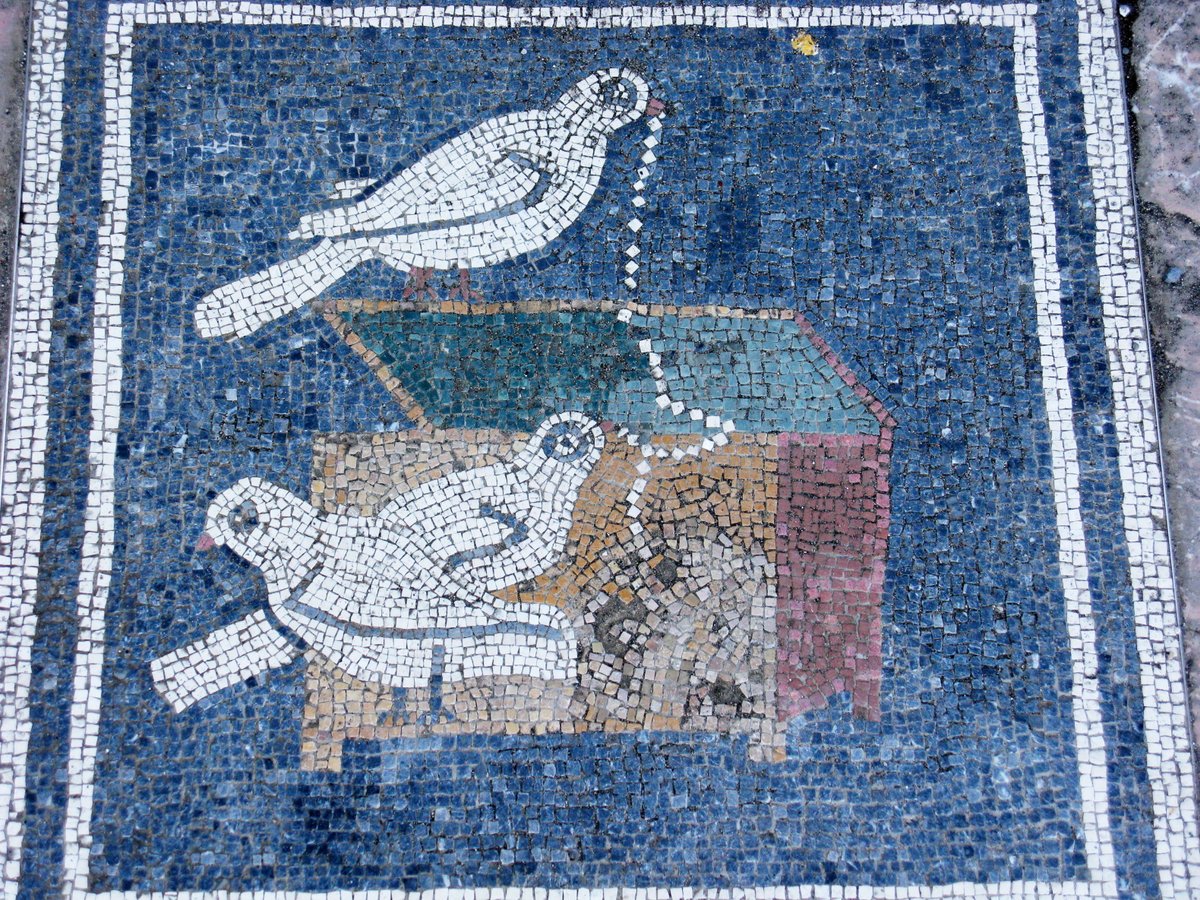2201
2202
2203
2204
2205
2206
2207
2208
2209
2211
2213
2214
Cave of Hands archaeostore.com/blog/cave-of-h…
2215
2217
2218
2219
2220
2221
2222
2223
2224
2225



























